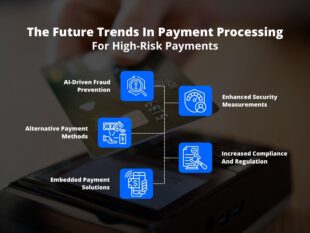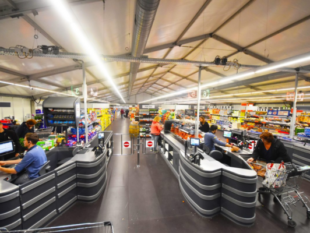Why Multi-Platform Adverts are Good for Your Business
by Abdul Aziz Mondal Advertising Published on: 25 January 2019 Last Updated on: 25 September 2024

Advertising is everywhere around you pretty much every day. From the ads you see on the sides of newspapers and magazines to the clips that come before your favorite YouTube videos, commercial space is all over. As an advertiser, how can you ensure that you are getting your message across in not just one of these domains but in many of them? This article will explain how this can be done.
What is multi-platform advertising?
Before you can understand what benefits this sort of multi-platform advertising can have for your business or brand, it’s first important to be sure that you’ve got the correct definition in place. In short, it’s the practice of ensuring that your adverts are placed across all sorts of different advertising sites and that they are coherent in nature. You may, for example, launch your ad campaign with a 30-second television commercial. However, in an age when consumers see thousands of ads each day, ensuring that the advert doesn’t drown in the sea of content is essential. That’s where multi-platform advertising comes in: by reinforcing the power of the television commercial with a five-second clip of the ad on social media and a still image at a bus stop, you’ll be able to prevent it going to waste.
More exposure:
The main reason why multi-platform adverts are good for business is, of course, the obvious one. Having your brand’s message spread across many different locations increases the amount of exposure it gets! While multi-channel advertising makes particular sense for certain conversion goals, this is still a benefit no matter what sort of aim you have in mind. Whether you want to increase brand awareness or convert more potential customers into actual ones, the options are there. The higher the exposure, the higher the reach of engagement – meaning that your metrics are likely to look great.
Stay competitive:
Decades ago, an advert would perhaps only ever live in one location. It might be on television, for example, or it could appear on a billboard in a popular transport location such as a road interchange or a train station. While this was fine in the days when single-channel adverts were still powerful, such a strategy would now run the risk of falling behind the competition. That’s because many companies are now investing in multi-platform adverts in order to get their brand messages across – and you may lose out if you don’t. It could also be worth bolstering your competitiveness even further with help from a specialist: from Amazon vendor consultants Digital Brandworks to graphic designers, there are plenty of helpful options.
Two-way street:
Multi-platform campaigns do mean that it’s likely there’ll be more customer interaction. Running your advert as a still image on an advertising hoarding is unlikely to elicit much customer interaction, but placing an ad on social media could lead to said advert becoming a help desk for disgruntled customers. Before pressing ahead with a multi-platform campaign, it’s worth bearing in mind that this is likely to be a major consequence of the process – especially if social media is involved. By having enough staff in place to answer any incoming customer queries provoked by the campaign, you’ll be able to manage any consequences well enough.
Be innovative:
A really sophisticated multi-platform campaign wouldn’t stop at ensuring that there was an advert in each relevant location. It would also take the definition of “platform” as far as it would go, and would consider integrating other processes – such as the company’s internal product creation process – into the campaign as well.
Take the example of Coca-Cola’s named bottles, which saw the company release products that were branded with popular forenames. By thinking innovatively about which of their platforms they had access to, they linked up the advertising side of the business with the manufacturing process – and ensured that both of those platforms were in full harmony with one another. That way, they were able to ensure that advertising worked effectively no matter at which point in the process it was launched.
In a world where advertising is ubiquitous, there’s no reason to assume that one solitary ad will cut it anymore. Instead, you’ll need to be innovative by developing a multi-platform ad campaign that enables conversations and allows your messages to be recreated in all sorts of different contexts. By following the tips outlined here, you’ll be able to give yourself the best possible chance of developing a multi-platform ad campaign that really works for you.
Read Also:



































































































